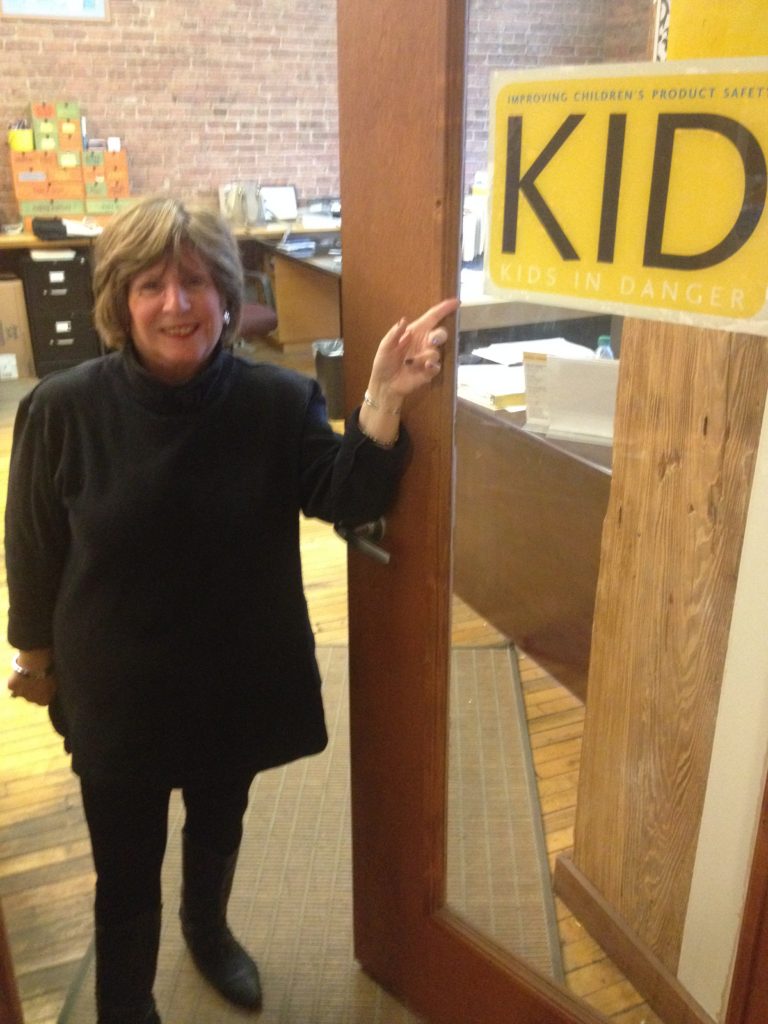 Nancy Cowles, KID’s Executive Director, spent time this week at standard setting meetings for the ASTM International Toy Safety subcommittee. These are her notes from the week:
Nancy Cowles, KID’s Executive Director, spent time this week at standard setting meetings for the ASTM International Toy Safety subcommittee. These are her notes from the week:
Monday, January 5, 2015:
KID’s email alert went out for January – meanwhile, I headed north (brrr) to Ottawa, Ontario for the meeting of the Toy Safety subcommittee of ASTM International. This group develops the standard (F963) that addresses safety in toys. Unlike juvenile products where each product type (crib, play yard, bassinet, high chair) has its own standard, all toys fit into this one standard and must be tested to its requirements. Since 2009, all toys sold in the US have been required to meet the F963 standard.
Tuesday, January 6, 2015:
Long day – started at 9AM, just winding down at 7…The room is filled with manufacturers of toys, representatives from testing labs, regulators such as CPSC and Health Canada (large attendance since we are in Canada for once), and one lone consumer – KID! We have talked about everything from microbiological safety to acoustics, toys chests to heavy metals, and more. The goal is to have a new version of the standard ready and voted on early this year.
An important part of the standard setting process is to look at emerging issues. Right now we are talking about toys that expand when wet, which were responsible for a severe injury when a baby swallowed one, as well as button cell batteries and overheating batteries. Input from parents and caregivers is so important to this process. If you have a safety issue with a toy or other children’s product – report it to CPSC at saferproducts.gov. That will get the problem on the radar of both CPSC and ASTM.
Wednesday, January 7, 2015:
Today’s session is less on specific changes to the ASTM toy standard and more to see if ASTM can be harmonized with the Canadian toy standard – hence the location in Canada. Harmonization, or regulatory alignment, is when standards test for the same hazard, looking for ways that they can use the same measurements, tests, etc. KID’s role here is to represent the consumer view that might otherwise get lost in the minutia of test methods and equipment. Our goal is to harmonize in a way that improves safety.
Because of all the work done on the toy standard and it becoming mandatory in 2009, toys today are safer than ever. But the work must continue to address emerging hazards and make the standards as strong as possible. Let us know if you have any questions about toy safety standards.


